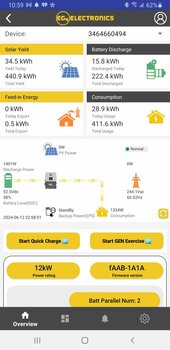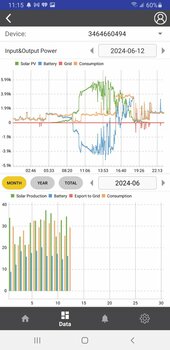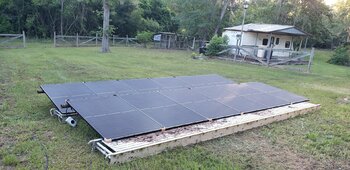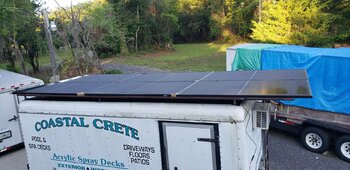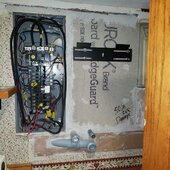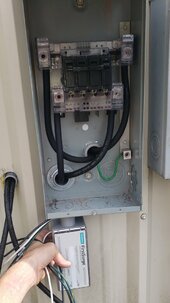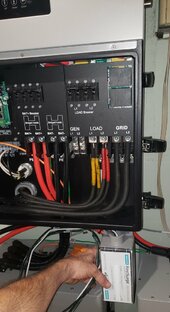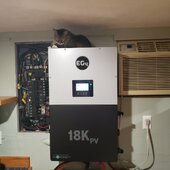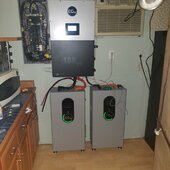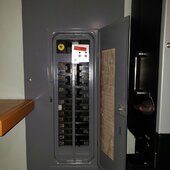@ Quattrohead Yup !
My favorite, is I had two electric wall clocks, and each consumed 14 continuous watts. Those both went straight into the wheelie bin.
They were replaced with two low cost battery powered wall clocks. One AA battery now lasts at least a year in each.
Another was my garage door opener.
It has a large continuously hot running transformer to provide 24v to the motor and radio receiver. This transformer was constantly powered and sucked up 70 continuous watts believe it or not.
What I did was separate out the radio receiver, and run that off a small 12v wall pack.
Now, when I push the button, that now energises a relay that powers up the big transformer only when its needed.
Absolutely no change to usage, but a MASSIVE drop in 24 hour continuous power consumption.
Once you know where the parasites are, its often not difficult to make some simple inexpensive change to dramatically drop daily power consumption.
Funnily enough its not the big loads that are only running for a minute or two, (microwave, electric kettle, power tools, etc..)
Its the small loads that draw continuous power that bleed you dry.



